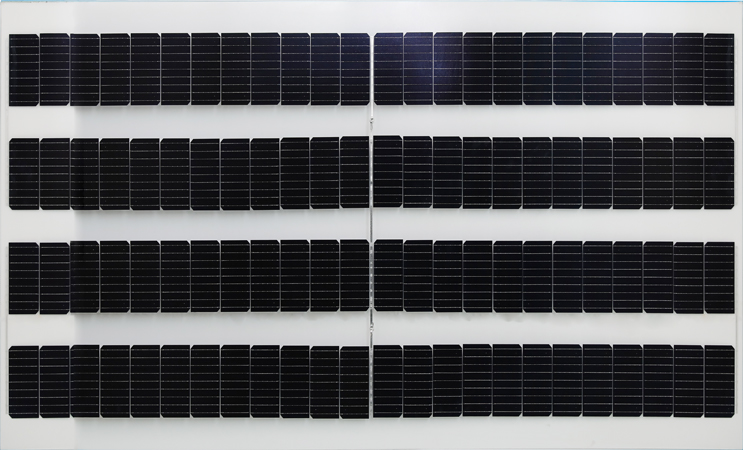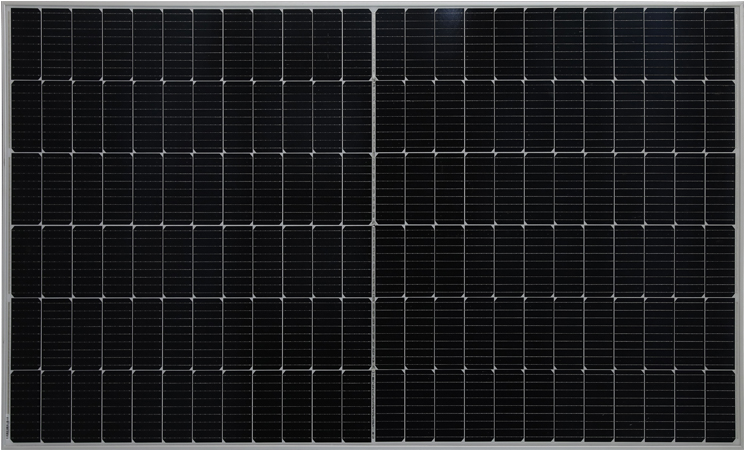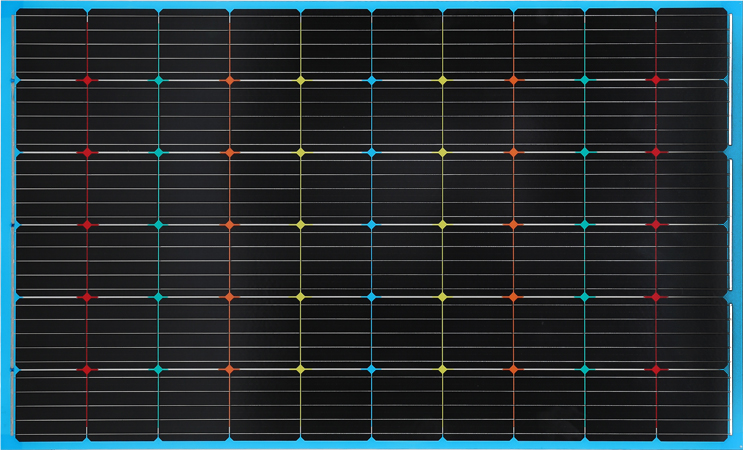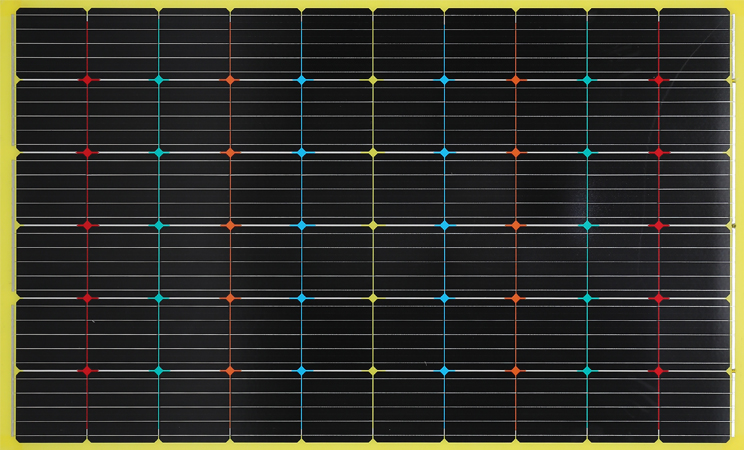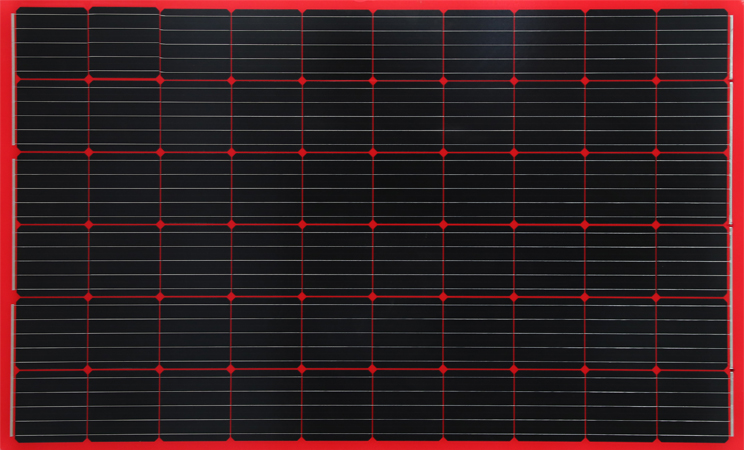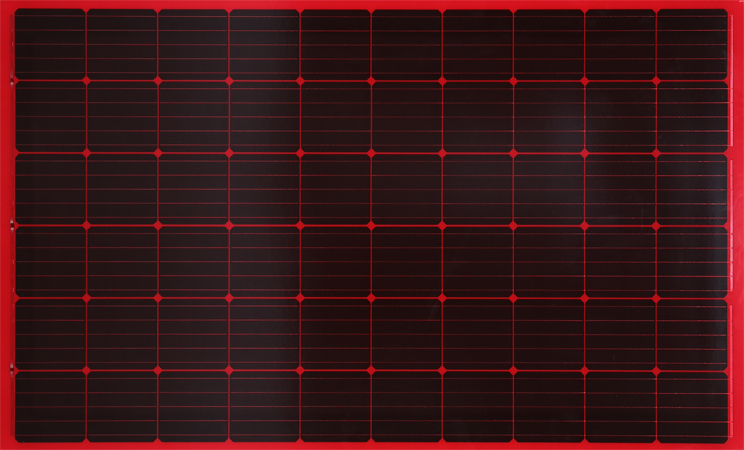BIPV Module is a power generation technology that seamlessly integrates solar energy into the building envelope. Its photovoltaic cells assimilate sunlight and transform it into usable electricity, and it can be used in a wide range of different types of buildings including solar roof, external integrated devices, curtain walls, skylight, and prefabricated systems [1].
A BIPV system consists of solar modules, solar glass, interconnections, converters and other electrical equipment such as battery storage and controls. The solar modules convert sunlight into usable electricity and are made up of semiconductors such as crystalline silicon, amorphous silicon, thin-film technologies (dye-sensitized solar cell, perovskite or organic PV), or a combination of these. The modules are designed in a wide variety of shapes and sizes to suit the design and aesthetic requirements of each project.
As a whole, a BIPV system is not significantly more expensive than conventional non-integrated solar energy systems and can be cost competitive for most applications. Typically, the extra cost is offset by the reduction in construction costs for the part of the structure that the BIPV module replaces.
The integration of photovoltaics into a building requires careful consideration. To achieve the highest energy yield possible, the BIPV modules need to be configured and installed in such a way that they are exposed to sunlight for long periods during the day. Various factors will influence the performance of the BIPV modules, such as the climate and weather conditions (e.g. cloud cover, sun exposure), shading from trees or nearby buildings, and the latitude of the site.
The design of the electrical installation is equally important for BIPV. Since BIPV modules are installed during, rather than after, the construction phase, they have a profound impact on the electrical design and planning of a building. To minimize the engineering effort needed to design a BIPV system, it is desirable that all electrical components can be delivered as standard products.
Module-level converters that are factory-preinstalled in the BIPV modules are one of the most promising solutions to decrease the engineering and installation effort. These MLCs allow all of the BIPV modules to be connected in parallel to a common DC bus structure. This approach avoids the issue of different rated powers, which has been an obstacle to using BIPV modules in a parallel architecture.
Until recently, the majority of BIPV installations have been equipped with string inverters or micro-inverters. Both of these systems have their advantages and disadvantages. However, in terms of engineering effort and availability, it has been demonstrated that the use of MLCs is the most suitable option to reduce the engineering effort and the overall system cost for BIPV modules.
The MLCs have been compared to both series and parallel power optimizers concerning their ability to satisfy the aforementioned criteria. It has been found that the most appropriate solution is a parallel operation of power optimizers connected to an LVDC grid. This approach ensures high reliability against AC grid disturbances, while keeping the engineering effort to a minimum.
